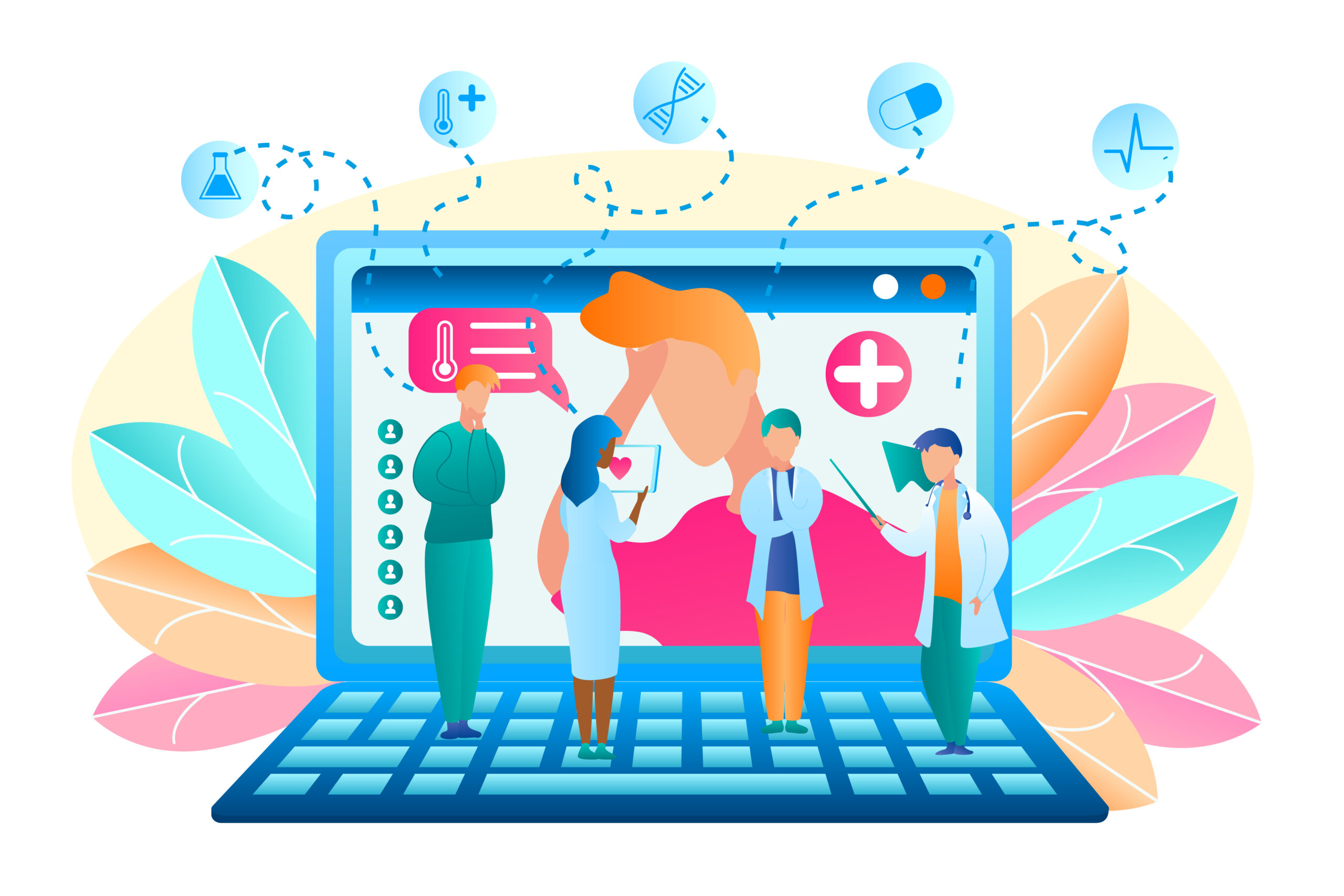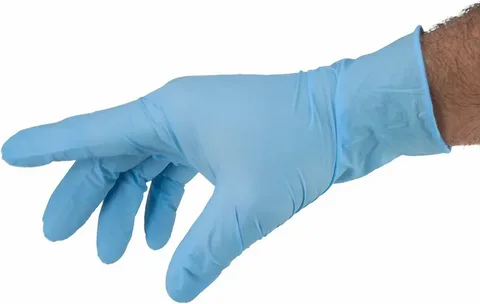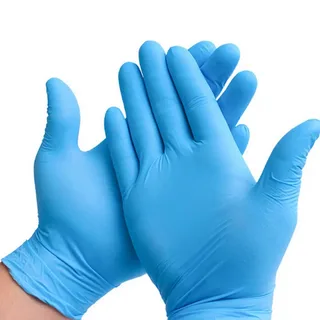The advent of mobile technology has revolutionized the way we access and deliver healthcare services. Healthcare app development has emerged as a powerful tool to bridge the gap between urban and rural healthcare, particularly in regions with limited access to quality medical facilities. By leveraging the power of smartphones and innovative applications, healthcare providers can now reach remote populations, improve patient outcomes, and enhance overall healthcare delivery.
The Challenges Faced by Rural and Remote Communities
Rural and remote communities often face significant challenges in accessing quality healthcare services. These challenges include:
- Geographical Barriers: Long distances and inadequate transportation infrastructure hinder access to healthcare facilities.
- Shortage of Healthcare Professionals: A scarcity of qualified healthcare providers, especially in remote areas, limits the availability of expert care.
- Lack of Awareness and Education: Limited awareness about health issues and preventive measures can lead to poor health outcomes.
- Financial Constraints: High costs of healthcare services and medications can be a significant burden for rural populations.
How Healthcare App Development Can Address These Challenges
Healthcare app development offers a promising solution to overcome these challenges and improve healthcare access in rural and remote areas. Here’s how:
- Remote Consultations: Telemedicine apps enable patients to consult with doctors remotely, reducing the need for physical visits. This is particularly beneficial for patients in remote areas who may have limited access to healthcare providers.
- Health Monitoring and Tracking: Wearable devices and health tracking apps allow patients to monitor their vital signs, track their health metrics, and share data with healthcare providers. This empowers individuals to take control of their health and seek timely medical attention.
- Health Education and Awareness: Health education apps can provide valuable information on various health topics, such as nutrition, exercise, and disease prevention. These apps can also help to dispel myths and promote healthy behaviors.
- Medication Reminders and Alerts: Medication adherence apps can remind patients to take their medications on time, improving treatment outcomes and reducing the risk of adverse effects.
- Emergency Services: Emergency response apps can connect patients with emergency services, such as ambulances and hospitals, in case of accidents or medical emergencies.
- Mental Health Support: Mental health apps can provide access to mental health professionals, counseling services, and mindfulness techniques, addressing the increasing mental health needs of rural populations.
The Role of Best Healthcare App Development Companies
To ensure the successful development and implementation of healthcare apps, it is crucial to partner with a best healthcare app development company. These companies possess the expertise and resources to create innovative and user-friendly applications that can effectively address the specific needs of rural and remote communities.
A reputable healthcare app development company should have the following qualities:
- Deep understanding of healthcare industry regulations and standards: Adherence to HIPAA and other relevant regulations is essential to protect patient privacy and data security.
- Experience in developing user-friendly and accessible apps: The app should be easy to use, even for those with limited technical skills.
- Strong technical expertise: The development team should have expertise in mobile app development, data analytics, and cloud technologies.
- Focus on user experience: The app should be designed to provide a seamless and engaging user experience.
- Commitment to quality assurance: Rigorous testing and quality assurance processes are essential to ensure the app’s reliability and performance.
By leveraging the power of technology and partnering with skilled healthcare app developers, we can significantly improve healthcare access and outcomes in rural and remote areas.




